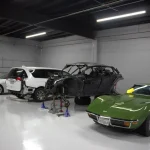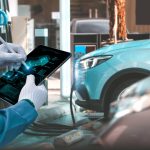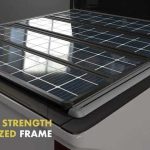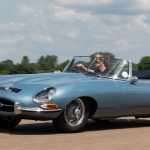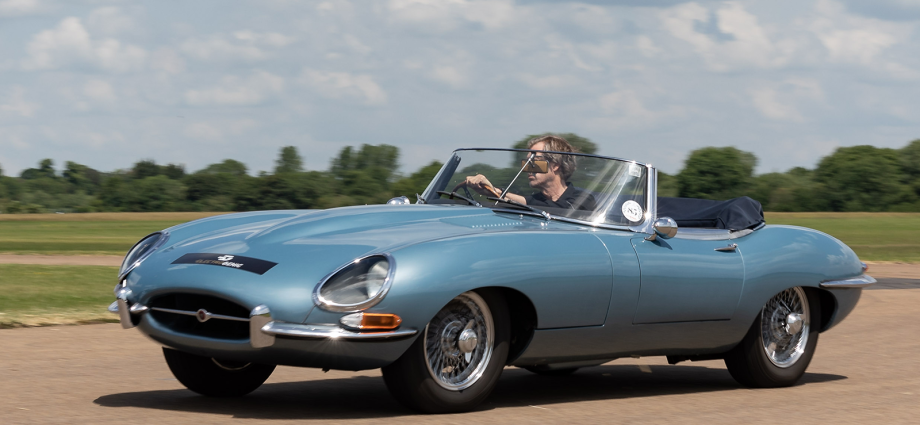The gentle rumble of a V8, the smell of gasoline on a cool morning—these are the sensory touchstones of classic car ownership. But what if you could keep that timeless silhouette, that head-turning style, and swap the grumble for a near-silent, instantaneous surge of power? That’s the promise, and the rising trend, of electric vehicle (EV) retrofitting.
It’s more than just a conversion; it’s a rebirth. We’re taking automotive art and giving it a 21st-century soul. Let’s dive into what it really means to electrify your classic.
Why Go Electric? It’s Not Just About Being Green
Sure, the environmental benefits are a huge draw. Zero tailpipe emissions is a powerful feeling. But for many enthusiasts, the reasons run deeper. It’s about usability, reliability, and, honestly, a new kind of performance.
The Allure of Modern Reliability
Let’s be honest. A classic car with its original engine can be… temperamental. You’re constantly listening for knocks, smelling for leaks, and worrying about the next thing to break. An electric powertrain simplifies everything. No more carburetor tuning, no more points and condensers, no more oil changes.
You’re replacing hundreds of moving parts with a handful. The result? A car you can actually drive whenever you want, without a pre-trip checklist. It transforms the car from a weekend project into a daily driver.
Unleashing a Silent Torque Monster
This is the fun part. Electric motors deliver 100% of their torque from zero RPM. That means the moment you touch the accelerator, you’re pushed back into your seat. The sensation in a lightweight classic—say, a vintage Porsche 911 or a classic Mini—is frankly astonishing. It’s a different, almost surreal kind of speed. The car’s beautiful, outdated exterior completely belies its newfound, neck-snapping capability.
The Retrofit Process: What Actually Happens?
So, how do you stuff a modern electric drivetrain into a decades-old chassis? It’s a complex dance of engineering and artistry. Here’s a broad overview.
1. The Heart Transplant: Pulling the Old Drivetrain
First, the original engine, transmission, fuel tank, and exhaust system are carefully removed. This is a critical step. Every part associated with the internal combustion engine must go. It can feel a bit sacrilegious, but it’s necessary to make room for the new components.
2. The New Nervous System: Batteries, Motor, and Controller
This is the core of the conversion. You need three main components:
- The Electric Motor: This replaces the engine. It’s typically mounted where the transmission was, often connected to the existing driveshaft.
- The Battery Pack: This is the fuel tank. It’s the heaviest and most expensive part. The challenge is finding creative places to stash the modules—often in the engine bay, the transmission tunnel, and where the fuel tank was, to maintain good weight distribution.
- The Controller: This is the brain. It manages power flow from the battery to the motor, essentially acting as the throttle.
3. Integration and Fine-Tuning
The new components need to talk to the old car. This means integrating the EV system with the original gauges (or adding new ones), wiring in power steering and brakes if needed, and making sure everything is safe. It’s a painstaking process that separates a professional conversion from a dangerous DIY job.
The Real Cost: An Investment in the Future
Let’s talk numbers. This isn’t a cheap hobby. A professional, turn-key conversion can easily range from $30,000 to over $100,000 on top of the cost of the donor car. The battery pack alone can be $10,000-$20,000.
But think of it as an investment. You’re future-proofing your classic. You’re eliminating its biggest ongoing costs (fuel, maintenance) and potentially increasing its value as legislation against internal combustion engines tightens. Here’s a rough breakdown of where the money goes:
| Component/Service | Estimated Cost Range |
| Donor Car | $5,000 – $50,000+ |
| Battery Pack | $10,000 – $25,000 |
| Electric Motor & Controller | $5,000 – $15,000 |
| Adapter Plate & Coupler | $1,000 – $3,000 |
| Professional Labor | $10,000 – $40,000+ |
| Miscellaneous (Cabling, Cooling, etc.) | $3,000 – $8,000 |
Challenges and Considerations: It’s Not All Smooth Sailing
Before you fall in love with the idea, you need to consider the hurdles. This isn’t a plug-and-play operation.
Weight Distribution and Handling
Batteries are heavy. Getting the weight right—and in the right places—is crucial. A poorly planned conversion can ruin the car’s handling, making it dangerously unbalanced. A good converter will aim for a 50/50 weight distribution or something close to the original spec.
The Range and Charging Conundrum
Don’t expect Tesla-level range. In a classic car with limited space for batteries, a realistic range is often between 100 and 150 miles. That’s perfect for weekend cruises and local driving, but it’s not a road-trip car. And you’ll need to plan for charging, usually via a Level 2 charger installed at your home.
To DIY or Not to DIY?
For the incredibly skilled and brave, DIY conversion kits are becoming more available. But this is high-voltage work. We’re talking about currents that can be lethal if handled incorrectly. For 99% of people, hiring a specialist is the only safe and sane path. It’s not just about making it go; it’s about making it stop, and making sure it doesn’t catch fire.
The Soul of the Machine: A Final Thought
So, does an electric classic car lose its soul? It’s the big question. The clatter of valves, the smell of unburned hydrocarbons—that’s gone. There’s no denying that.
But the soul of a car isn’t only in its exhaust note. It’s in the way the steering wheel feels in your hands as you round a corner. It’s in the way the sunlight dances across the hood. It’s in the timeless design that makes a child on the sidewalk stop and point.
An EV retrofit preserves all of that. In fact, it enhances it by removing the layer of mechanical anxiety that often comes with it. You’re left with the pure, unadulterated joy of driving a beautiful machine. It’s a new chapter for an old friend—one that ensures it will be driven, cherished, and preserved for generations to come, just in a quieter, cleaner, and shockingly quicker way.

